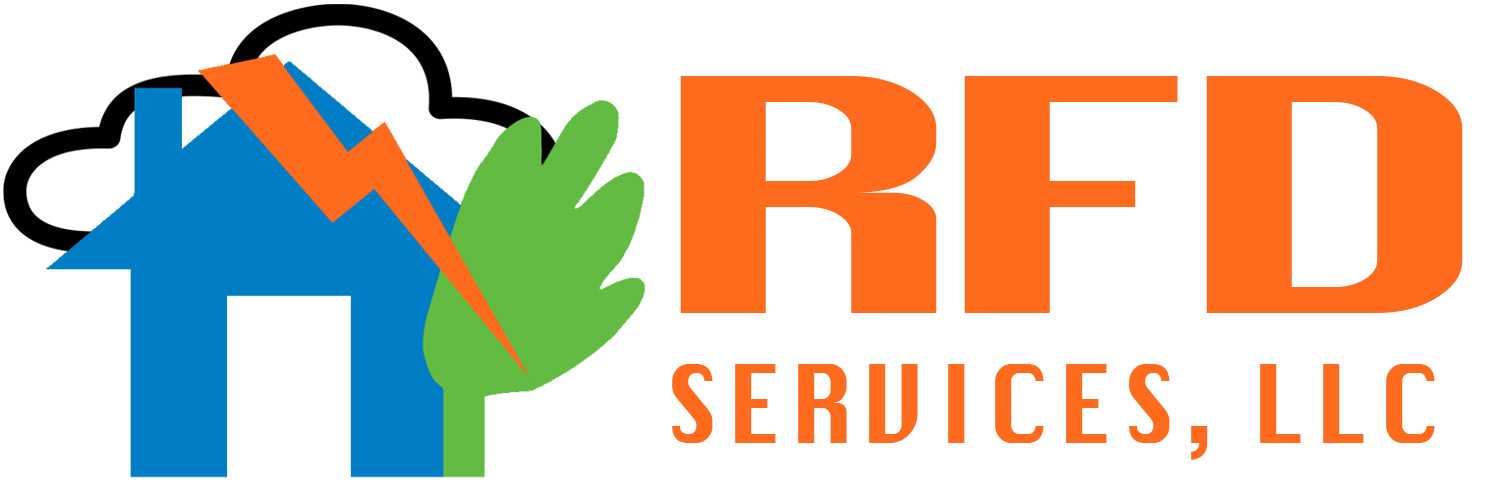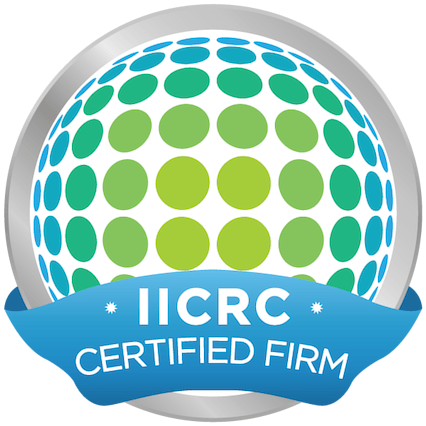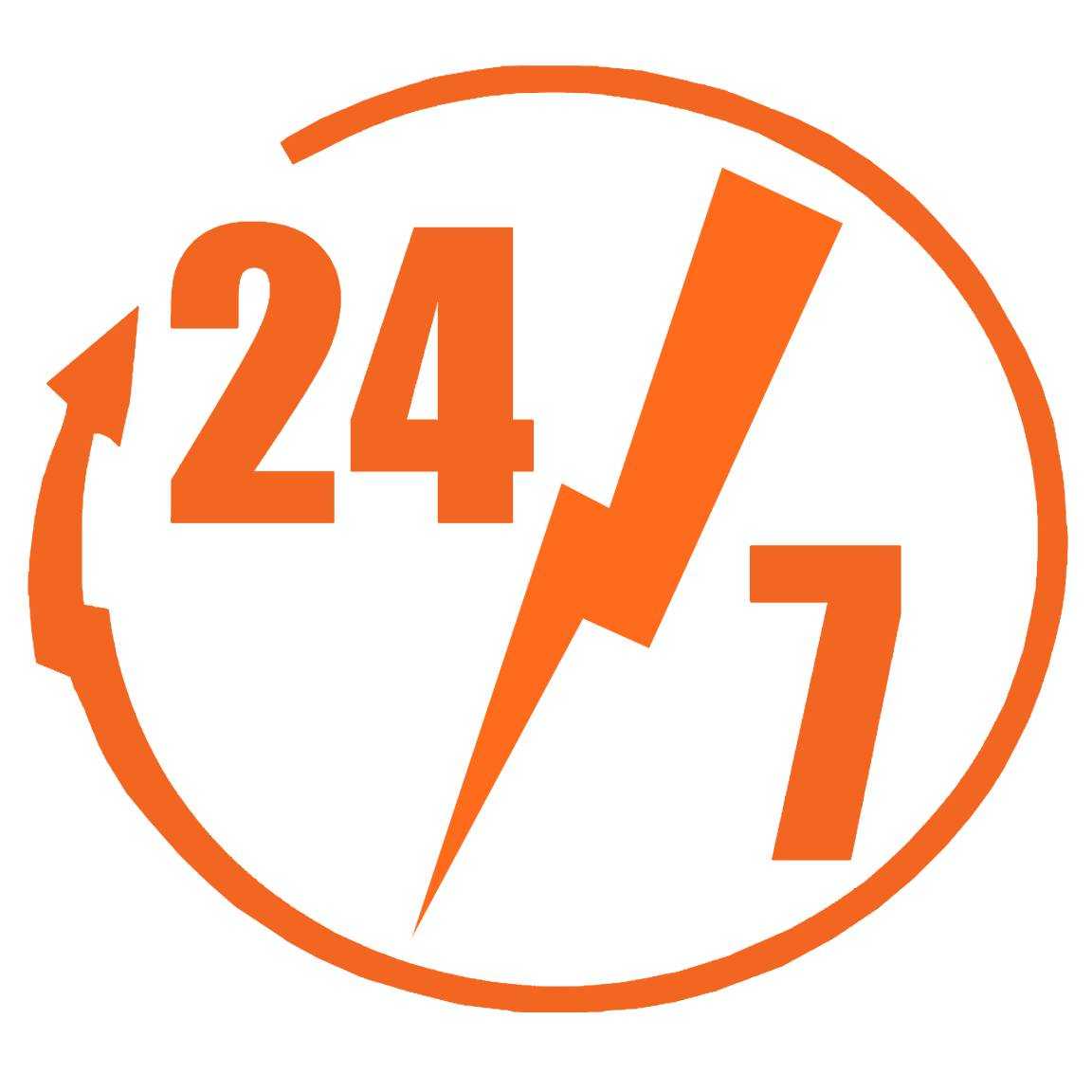With the generally wet climate of Ohio State, water mitigation and water restoration are terms that you have probably heard a lot about after a property has suffered from any kind of water damage. But have you ever stopped to wonder about the difference between the two? While often used interchangeably, these are two distinct processes that have been elaborated for you!
Peeking Into The Difference Between Water Mitigation And Restoration:
First, let us determine what water damage really is and what its effects are on Ohio State. With the Ohio River bordering the state at the South, Lake Erie bordering it in the North, and thousands of miles of inland streams and lakes, Ohio has a generally wet climate, leading to high risks of water damage.
While the summers are usually humid and hot, with humidity levels reaching up to 76%–Ohio State does also experience thunderstorms, hail, and rain during the summer season, leading to floods and mold growth in homes and businesses, requiring emergency water mitigation services.
With precipitation being somewhere between 7.5- 10 inches of rain during December and January and up to 29 inches of snow, depending on the region and that particular winter. This again leads to mold growth and infrastructural damage that requires professional attention.
| Do you know?Winters can bring snow and freezing rain that can lead to pipes freezing and leaking. |
With us so far? Good. Now, if you’re unfortunate enough to become a victim of water damage, you’re going to need professionals to take care of it.
Water Damage Restoration – The Way Forward for Mitigation:
Are you someone who is baffled because you are not able to clearly understand the difference between water damage mitigation and restoration? Not a big deal. We’ve got you covered!
Grab a seat as we spill the beans:
Step One: Water Damage Mitigation
- Assessing The Area:
Moisture can be difficult to stop from spreading as it seeps into wallpapers, condenses over pipes, and leads to mold growth and mildew. The first step of restoring any affected structure is to assess the extent of the damage it has suffered.
| Pro Tip: Making detailed observations is crucial to plan out a tailored strategy to prevent further damage and restore the property in question. |
- Inspecting The Source of Damage:
Next, an emergency water mitigation process aims to stop the water flow at its source. If it’s a burst pipe, the technicians can start by turning off the main water supply, repairing pipes, and fixing small leaks.
However, if it’s something big like a rainstorm or flood, containing that magnitude of water can be a challenge. After waiting for weather conditions to improve, technicians might resort to heavy-duty equipment to extract all the water from the affected area.
Step Two: Water Remediation
Alright. So, now that the damage has been contained and the water removed, the next step is to clean and salvage. Any good property damage restoration company knows the importance of salvaging any and all materials that can be.
This includes furniture, lighting, wiring, etc., and helps minimize property loss and speed up the restoration process. Once done, they will move on to the next part of the water remediation process.
- Cleaning The Area:
It’s crucial to clean up any area impacted by water damage to prevent diseases and infections from spreading. Technicians combine industry-grade cleaning agents, disinfectants, and heavy-duty machinery to ensure thorough sanitization and lower health risks.
- Dehumidification Of The Space:
Lastly, it is always a smart idea to dehumidify the affected area. As we’re all familiar with the incessant wetness that clings to our clothes throughout the year, decreasing the moisture content present in the air prevents further damage, infections and creates a dry base for the restoration process to take place.
Step Three: Water Damage Restoration
Finally comes the water damage restoration process. Now that everything has been taken care of, it’s time to rebuild and restore. Consulting the owners, companies will determine the best course of action to restore their properties.
Whether it’s slight repairs like replacing wallpapers and repairing drywalls or it’s a longer, more comprehensive process that includes replacing the plumbing and electrical systems and rebuilding destroyed walls, roofs and floors.
| Expert Insight:Water restoration process depends on the extent of the damage your property has suffered, the available budget and the unique requirements of any property-owner. |
The aim of any good water damage restoration company is not only to restore the integrity of the impacted property, but also to minimize—or better yet—prevent future damage from occurring. This can be done by waterproofing your structure, setting up sump pumps in basements, recommending and installing dehumidifiers and so on.
Conclusion
To sum up, it can be said that water mitigation services and water damage restoration are two distinct processes that are connected by the remediation step. The purpose of the entire service is to restore any property that has suffered from flash flooding, rainstorms, hail or just pipe bursts to their pre-damaged condition and to reduce damage as much as possible. We hope this article helped you understand the key differences between the steps and their importance to Ohio residents. If you still have any questions, don’t hesitate to contact us!
FAQ’s
What is water mitigation?
The process of containing and preventing further damage to your structure due to water damage of any kind.
What is water remediation?
The process of cleaning, disinfecting, deodorizing and salvaging whatever can be from a damaged structure.
What is water damage restoration?
The final part of the process that includes, repairs, replacements and rebuilding the impacted area.
Why is it important to have professionals take care of water damage?
Professional companies are not just certified, they are also trained to handle all kinds of water damage situations specific to your area. Hiring professionals to assess and restore your property will also minimize the damage faced by any property and lower insurance claims.
What kinds of water damages does Ohio State face?
Ohio is at risk of a lot of different types of water damages including, humidity, flooding, hail, leaks and burst pipes.



